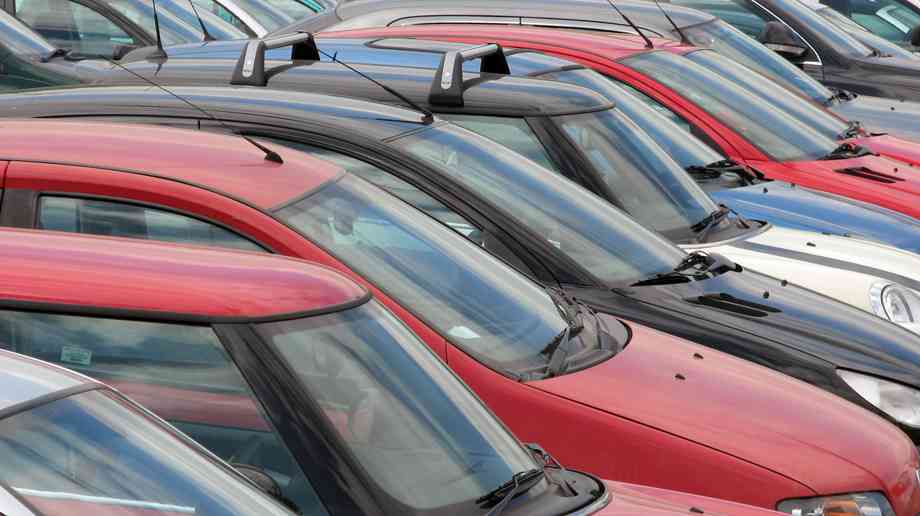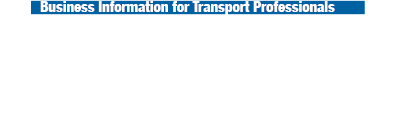
VED changes: cutting down on band size
Zero, Standard or Premium? Understanding Vehicle Excise Duty can sometimes be unnecessarily confusing. However, nearly all motorists need to pay it. Transport Business analyses what effect the latest changes to tax could have for fleet operators
As part of his Summer Budget, Chancellor George Osborne announced a controversial reform to the Vehicle Excise Duty (VED) banding system for cars registered on or after 1 April 2017 which will limit the tax breaks currently available to buyers of low emission vehicles. All new cars registered will be classed in one of three new VED bands: Zero-emission, Standard or Premium. There will be an average flat rate of £140 for most cars, except in the first year when tax will remain linked to the CO2 emissions that the car produces. Zero-emission vehicles (ZEVs) will maintain a standard rate of £0.
Osborne has said that the ‘standard’ charge of £140, which will cover 95 per cent of all cars, will be paid into the Roads Fund from 2020-2021. The theory behind the changes is that electric cars won’t pay any road tax at all and the most expensive cars will pay more. VED rates for older and existing cars will remain unchanged, with the tax facing a possible increase each year by the Retail Price Index (RPI) to account for inflation. Cars, including zero-emission cars, with a list price above £40,000 will be subject to a £310-per-year supplement for the first five years in which the standard rate is paid.
Changing band size
The new system will continue to be based on 13 bands for the first year of a car’s life. Cars emitting between 1g/km and 50g/km of CO2 will be subject to a £10 VED cost, but those emitting more than 255g/km will attract a £2,000 levy.
In the second year of a car’s life, ten of the 13 bands will disappear, leaving Zero‑Emission, Standard and Premium. Zero Emission cars will be exempt form VED and both Standard and Premium cars will pay £140 a year, but a Premium car (those that cost more than £40,000) will be required to pay an additional £310 on top for the next five years of its life. From year seven this extra payment will drop back to £140. The changes only apply to cars registered on or after 1 April 2017; existing cars will continue to be on the present system.
RAC Business spokesperson Jenny Powley believes that the changes could sway company car drivers away from fuel efficient vehicles. She said: “The changes to VED bands will have an impact on the total cost of ownership, which will have to be picked up by the company when fleet managers are purchasing new cars from 2017. Fleet managers have been proactive in encouraging drivers to think about cleaner cars by going for vehicles with low CO2 emissions which have zero or very low rates of road tax.
“But there is now a big question mark over how the new changes will affect company car drivers’ inclination to go for low carbon dioxide emitting, fuel efficient vehicles. For the first year of ownership of a new vehicle, incentives will still exist to select low emitting vehicles but thereafter, a flat rate will apply to most vehicles. This may raise questions about how companies will make purchasing decisions when it comes to new vehicles in the future.”
Disincentivise or incentivise?
The concerns were matched by the Society of Motor Manufacturers and Traders (SMMT) who said that the change ‘came as a surprise and is of considerable concern’ as the take-up of low‑emission vehicles would be effected.
Mike Hawes, SMMT chief executive, said: “While we are pleased that zero‑emission cars will, on the whole, remain exempt from VED, the new regime will disincentivise take up of low‑emission vehicles. New technologies will not benefit from long‑term VED incentive, threatening the ability of the UK and the UK automotive sector to meet ever stricter CO2 targets.”
He also said the introduction of a surcharge on premium cars risked undermining growth in UK manufacturing and exports. Hawes continued: “British-built premium cars are in increasing demand at home and globally, and the industry helps to support almost 800,000 jobs in the UK. Levelling a punitive tax on these vehicles will almost certainly impact domestic demand.”
ACFO chairman John Pryor was less surprised at the changes, but also failed to understand the standard rate implementation. He said: “Reform of Vehicle Excise Duty was always a possibility as it was obvious that under the current system government revenue would decline as more low emission and ultra-low emission cars were purchased. The changes to first year VED rates are therefore understandable as they continue to incentivise the uptake of the ‘cleanest’ cars from an emission standpoint.
“However, the standard rate for all cars, with the exception of zero emission models and those with a list price above £40,000, is less easily understood. ACFO believes that it is equally important to encourage second owners to drive low emission cars and therefore would favour a graduated standard rate of VED.”
MOT testing
The Chancellor also announced that fuel duty, a larger overall source of revenue to the Exchequer than VED, will remain frozen. Fuel duty will therefore not increase by inflation in September this year and will remain unchanged until 2016.
Quentin Willson of FairFuelUK said the campaign is pleased that Osborne continued to freeze fuel duty. He said: “Our 1.1 million supporters will be somewhat happier that whilst this tax still remains the highest in the EU, a freeze will help keep their high road transport costs somewhat lower than what was rumoured to be introduced in this Budget.
“Our recent empirical economic evidence sent to all MPs and the Treasury has made them realise that 40 million UK drivers will not tolerate being used as that continual cash tax cow. The fight goes on for a cut.”
However, Osborne did comment on changes to MOT Testing, by revealing government plans to extend the deadline for the first MOT of new cars and motorcycles from three years to four years. This could pose safety issues for cars mounting a high mileage or cars that fail to get serviced regularly. Several organisations, including the BVRLA, have called for a time and mileage-based criteria for the first MOT.
Please register to comment on this article

